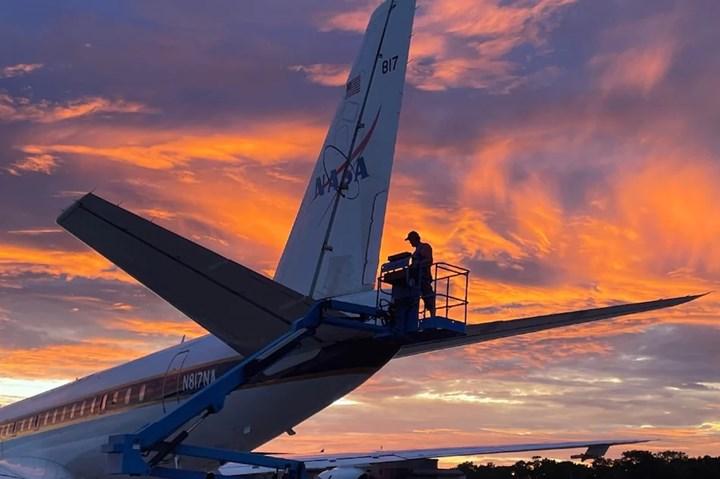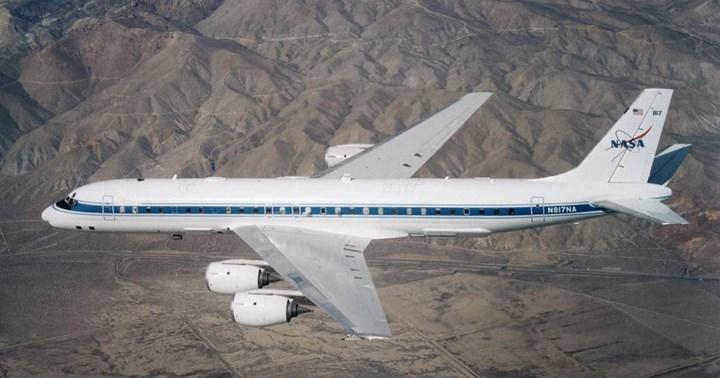
To improve aircraft jet engine designs and support aviation safety, NASA is studying the formation of ice crystals at high altitudes through the DC-8 air laboratory. The study is part of NASA’s High Ice Water Content (HIWC) research activity.
The plane carrying NASA’s new telescope Sofia is damaged
Aerosols may be damaging aircraft
NASA has run such research campaigns before. This time, however, the researchers focused on man-made aerosols. “We’re doing something a little different for this campaign,” said Thomas Ratvasky, principal investigator of HIWC’s NASA’s Glenn Research Center in Cleveland. “Our priority is to better understand what effect high concentrations have on the growth of ice crystals in regions where man-made aerosols exist.” make flights.” said.
Aerosols can occur from both natural and man-made sources. Industrial emissions, burning fossil fuels, and agricultural activities are some sources of aerosols. It turns out that aerosols, which tend to interact with binder systems, can increase the concentration of ice crystals in storms.

These ice crystals hinder the performance and power of jet engines, posing a hazard to aircraft flying in thunderstorms. It can also affect devices on board and cause erroneous readings. Therefore, the researchers want to collect more data that could be useful to study aerosols and improve flight safety standards.
“We want to make sure that high aerosol environments are represented in this dataset. Many of today’s engines were not required to demonstrate the ability to fly in these ice crystal conditions. But future engines will.” said.